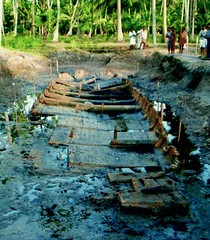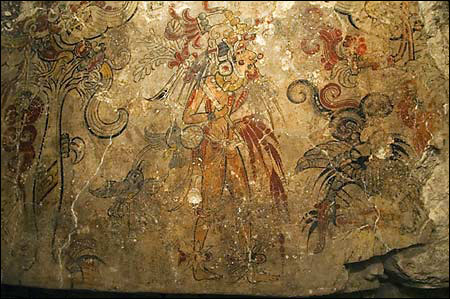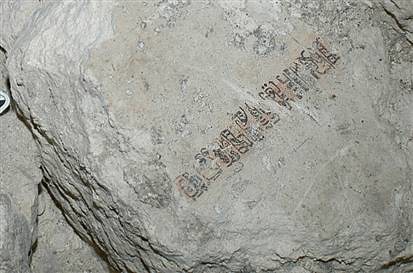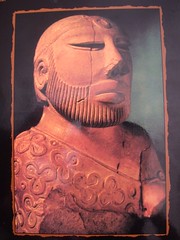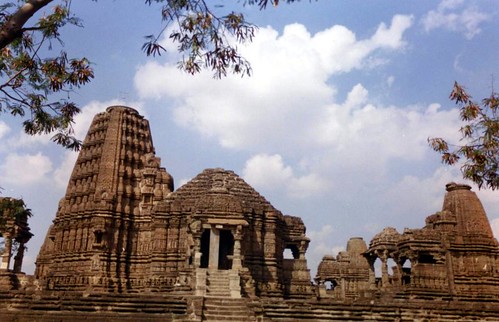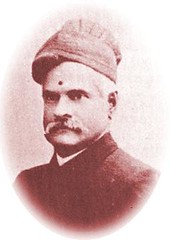Before the Cheras established themselves as a major force in Kerala, it was ruled by the Ay dynasty sometime between 7th to 11th century AD with Vizhinjam as the capital.The Ay dynasty ruled the land between Nagercoil and Thiruvalla. In A History of South India, Nilakanta Sastry writes that the Ay kingdom lay around the Podiya hill, the southernmost section of the Western Ghats. He also writes that the Greek geographer Ptolemy wrote about one ‘Aioi’ was ruling the country at that time which included Cape Comorin and Mount Bettigo.
Last year there was news that a 9th century Vishnu temple was being rebuilt due to the initiative of the local people. This temple is unique since it is one of those which have a circular sanctum santorum. Much before this, when the kings of the Ay dynasty shifted their capital to Vizhinjam, they built a fort which is now considered to be the oldest fort in Kerala dating to the eighth or ninth century.
A preliminary investigation by the team has revealed the fort might have originally been 800 sq. m in area. The fort’s wall can be found on the northern and western (seaside) parts and has been constructed using large boulders set in mud mortar. The wide base of the wall tapers on its way up. According to Dr. Ajit, one important clue in dating the fort is that the walls have no battlements or `loop holes’ (holes to place cannons in). This is typical of early forts, he says.
The team was also able to trace literary and epigraphical references – of 9 AD to 12 AD vintage – to a fort and port at Vizhinjam. Sangam literature such as `Pandikkovai’, `Iraiyanar Ahapporul Urai’, `Kalingattup-parani’, of Jayamkondar, and `Vikrama-solan-ula’ are said to have numerous references to the existence of a fort, port and a mansion at Vizhinjam.
Moreover, the Srivaramangalam copper plate s of Pandyan King Nedum Chadayan ( 8 AD) have clear reference to Vizhinjam and its fort. “Here, the fort is described as surrounded by waters of three seas, protected by a wide moat, high walls which the sun’s rays do not touch and so on. Leaving aside the hyperbole typical of such inscriptions, the ground evidence at Vizhinjam that we got fits this description of the old fort. In fact the port at Vizhinjam has been mentioned in the work `The Periplus of the Erythraean Sea’, a work of the first century AD. Here Vizhinjam has been called as Balita,” said Dr. Ajit. [Ninth century fort discovered at Vizhinjam]
Tags: Ay Dynasty kerala vizhinjam ptolemy archaeology
history
